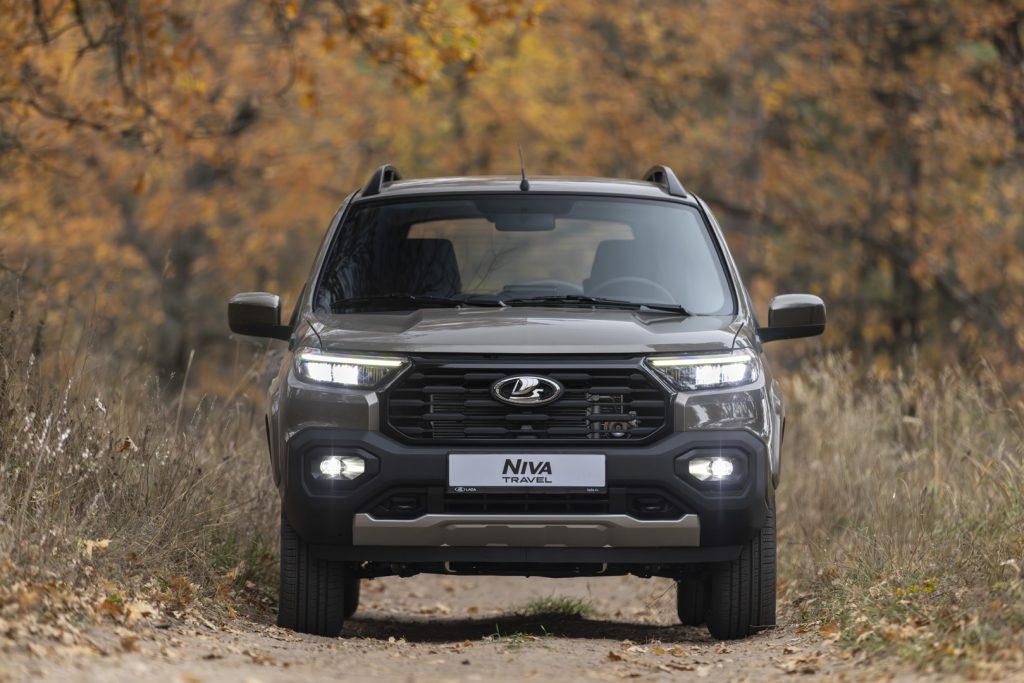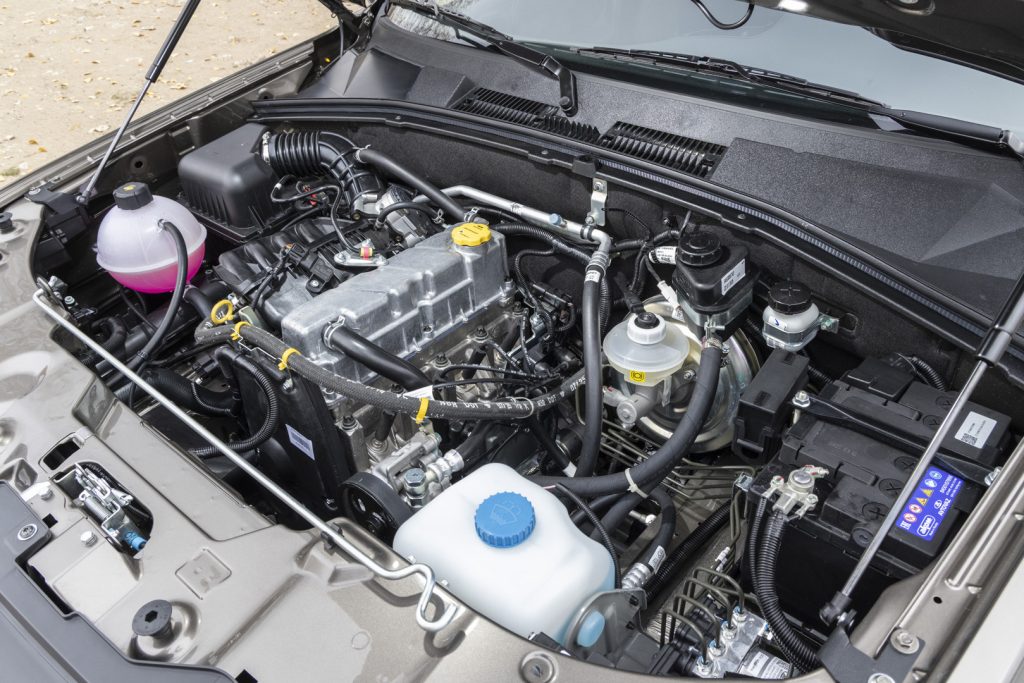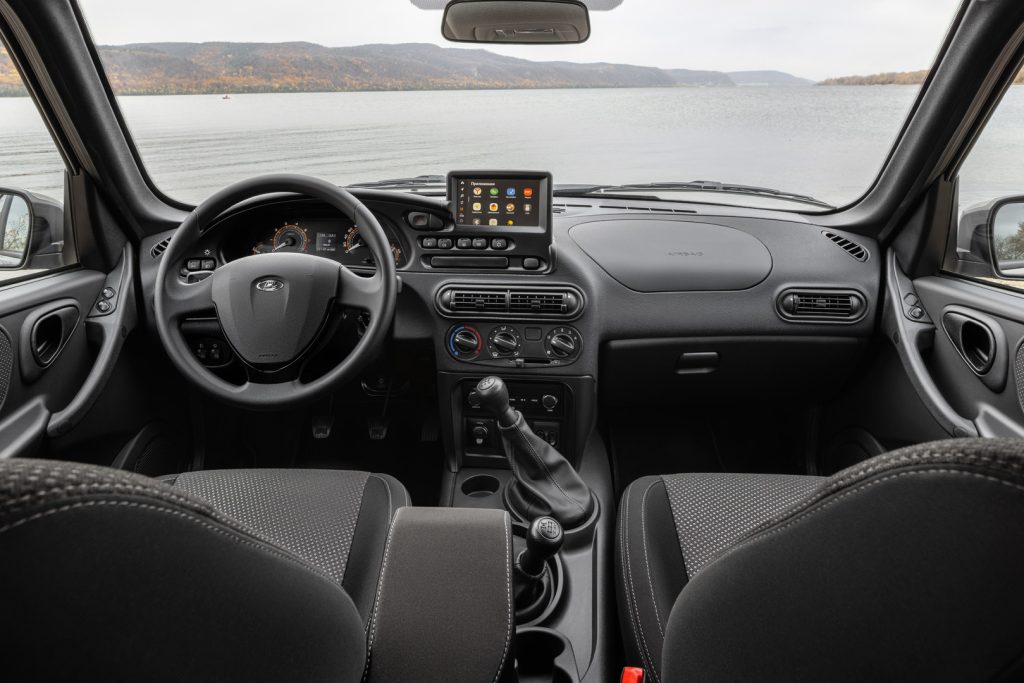The updated Lada Niva Travel is not just a restyling, it is a noticeable step: a new engine, modified suspension, changes in appearance. The new 1.8-liter engine with a capacity of 90 hp replaces the old 1.7-liter, and this, it seems, is exactly what many “Niva” drivers were missing – purely in terms of traction and comfort. The editors of “Southern Automobile” tested the updated Lada Niva Travel and named its main advantages and compromise solutions.
Driving impressions
On asphalt

- Low-end traction. Thanks to high torque at low revs (around 1000 rpm), the Niva Travel with this engine feels much more flexible. You don’t need to rev the engine to high revs to pick up speed or overtake—you can stay in the middle gears and move confidently.
- Comfort and Acoustics . The engine noise has become much more pleasant. When starting, the engine doesn’t roar like older versions—the sound is closer to “civilian” models like the Lada Largus or Vesta, which is unexpected. Vibration in the steering wheel and in the cabin is minimal—the engineers even demonstrated this with a test by placing a bottle of water on the running engine, and it barely shook.
- Handling . Thanks to the new anti-roll bar, the ride has become a little more “mature”: the car feels a little more stable on curves. However, it is still a “classic Niva” – the suspension is a bit stiff, and road imperfections are clearly felt.
Off-road

- Cross-country ability. Niva Travel is first and foremost an SUV, and the new engine fits this philosophy perfectly. Thanks to good traction at low revs, the car does not “choke” even on difficult sections: in an off-road test drive, it was noted that the engine behaves like a diesel – the power and torque available “low” give confidence even on sand or uneven terrain.
- Belt instead of chain. Replacing the timing chain drive with a belt has its advantages: less noise, less vibration, and a lower likelihood of the “jerks” typical of chain mechanisms. This is especially important during long runs in harsh conditions.
- Engine cooling and design. The new unit has a modified intake/exhaust, cooling, and fuel supply system: AvtoVAZ claims that more than 50 modernized elements are used in the design. This probably helps the engine run stably and reliably even under load off-road.
Compromises

Not very high power: 90 hp is not a sports engine. For everyday asphalt driving, the dynamics are quite sufficient, but do not expect brisk acceleration.
Acceleration to 100 km / h – about 16 seconds : this looks like a compromise between economy, reliability and dynamics, but for some it may be slow.
Fuel consumption : the declared ~10 l / 100 km is not bad for an SUV, but still a lot for the city or highway, especially if you drive actively.
Price : the restyled version is more expensive than the current models without the new engine. Therefore, many will not want to overpay.
Power restrictions : 90 hp It was not chosen by chance – this is a “tax-advantageous” threshold.
Transmission: old components (gearbox, transfer case) remain the same, which may impose restrictions; Not everything in the car has been updated to “high-tech”.

Summary
Balance of comfort and off-road capability: the new engine makes Niva Travel more comfortable on asphalt, but does not sacrifice its off-road character.
Improved noise and vibration insulation: a significant reduction in noise and vibration is one of the most noticeable advantages.









